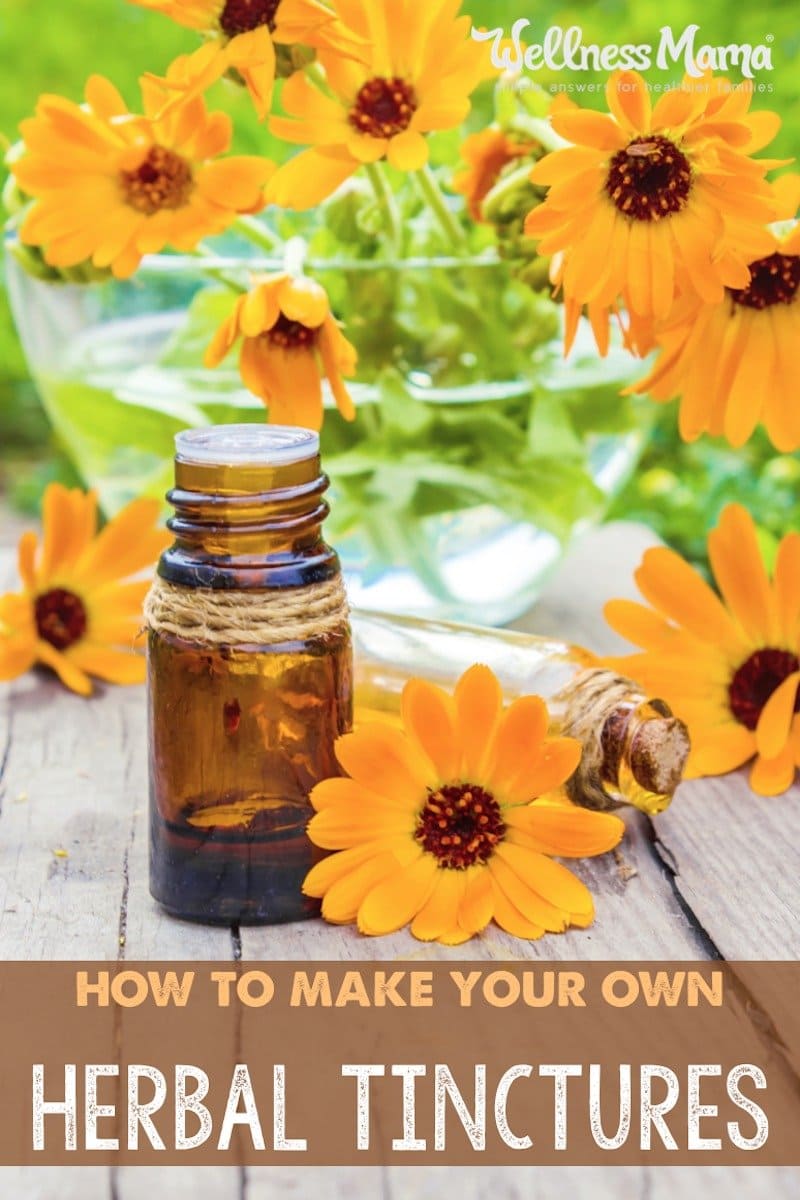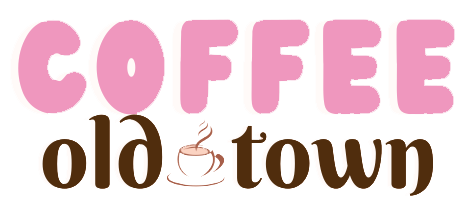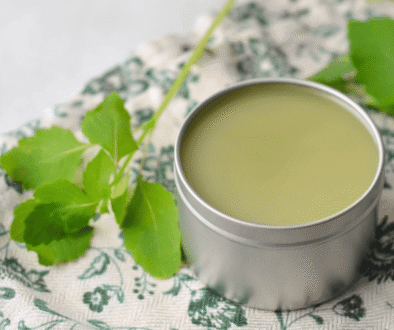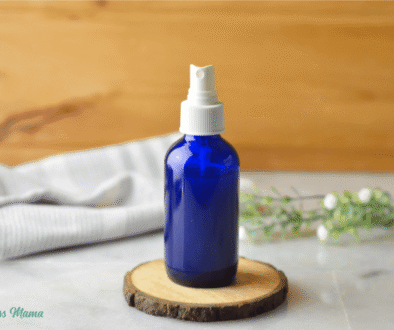How to do plant -based dyes from dried herbs
[ad_1]
One of the first DIY remedies that I learned to make was the dyes. Our family relied on simple recipes like this chamomile dye for relaxation (and difficult babies!). However, I realized that it might be useful to give general instructions on how to do your own dyes with medicinal herbs.
Everything you need is plant material, a masterpiece and alcohol to make your own vegetable medicine. So what exactly is dyeing? Unlike herbal tea, a dye uses alcohol to extract vegetable matter in a liquid concentrate. They are stable with the benefits for grass health in a concentrated form.
Alcohol taints last for years when made and stored properly. It's great when the family is sick and you have to grasp something quickly without any line. I keep several dyes at hand for my children. You can even use them outside (including small) for rapid relief of common problems.
If you've already bought dyes in the store or online, I encourage you to try to do yours. They are very cheap and you can do them in a few minutes! The dyes are an excellent addition to any apothecary of the house.
Alcohol -free dyes
Some places sell what they call “alcohol -free dyes”. This can be confusing because a dye can only be done with an alcohol base. If you want to avoid alcohol, plant glycerites made with glycerin are a good option. These plant extracts are not as powerful and do not last as long as a real dyeing, but they are a good alternative. This is really what these “alcohol -free dyes” are.
Glycerin is naturally very soft, so children generally love them!
Another option is to make a plant -based vinegar. Instead of using alcohol, use vinegar as a solvent instead. Again, it does not extract exactly the same chemical constituents from plants as alcohol, but it will work.
Some sources say they drop a dye in hot water and let the alcohol evaporate first. However, research shows that only about 15% of alcohol evaporates this way, and you lose precious volatile oils in the process. If you want to avoid alcohol, a better option is to make plant glyceritis or vinegar.
Dye supplies
To do a dye, you will need the following supplies:
- A clean glass jar (at least a pint size) with a lid
- Consumable alcohol like vodka or rum – at least 80 proofs
- Choice herbs
How to make a dye
First, choose the herbs you plan to use. These are some of my favorite dye mixtures. You can also dye a single grass, such as pepper mint or astragalus.
How to make a dye
Easily do your own dyes with this simple tutorial. Use unique herbs or a mixture to create your own personalized formula!
- dried herbs
- alcohol (at least 80 years)
-
Fill the 1/3 to 1/2 pot full of dried herbs. The half full filling will make a stronger dye. Do not package.
-
Fill the rest of the pot of alcohol, leaving about 1 inch of head space at the top. Stir with a clean spoon.
-
Put the cover on the pot. Keep the pot in a cool and dark place, trembling daily, for at least two weeks and up to six months. (I usually leave herbs for six weeks).
-
Filter the dye through the mousseline stroll and compost the herbs. Keep the dye in colored droppings bottles or clean glass jars.
Over time, alcohol can break down the rubber into some glass bottle cover. If you store dyes for more than several months, you can keep them in a glass jar. Then fill a small bottle of droppings with the liquid if necessary.
How to use plant -based dyes
Once you have your dye, what are you doing? If you use the simple method for making dyeing, the general quantity for adults is 1/2 to 1 teaspoon up to three times a day. I generally give children 1/4 to 1/3 of the adult dose.
If you use more precise taint manufacturing methods, the dose depends on the grass used and the person who takes it. This is something that you will need to consult a herbalist for your special situation (or dig into credible resources).
You can also use dyes topically like a liniment (as for endolris muscles). When my children were small, I put a few drops of digestion dye on their belly to help with gas and colic. They absorb the skin and can offer many of the same health benefits. Too much can dry because it's alcohol!
Who can use a dye?
Unlike over -the -counter drugs, plant -based medicine is not designed to be a single size. In general, dyes can be safe for all ages and even during pregnancy and breastfeeding. That said, it depends on the use of the grass, the quantity that someone uses and what he uses it for.
Sweet herbs like elderberry, ginger and lemon tree have a much wider safety net than herbs like anemone, which can be toxic in high doses. Large safe bitters like dandelion help stimulate digestion, while elderberries supports the immune system. Make sure you are looking for a grass that you want to use beforehand to make sure it is safe for you (or your children).
I included some recipes below with common herbs that are great options for most people to help you start. I do not give (and I cannot) give medical advice, so be sure to consult a natural health care provider before starting a new supplement.
Where to get the ingredients
Your backyard! Really, however, you can use plants from your own garden or even “weeds” from the backyard to do dyes. I also bought herbs from sources renowned online, such as mountain rose herbs or Starwest plants. If you are looking for plants, be sure to identify them properly before using it. Here's how to dry your herbs.
Alcohol is quite easy to find in any grocery or alcohol store. Biological alcohol can be more difficult to find, but there are good sources online. You can get organic alcohol here.
Then everything you need is a glass jar (like a mason jar) and a glass bottle to store your finished dye.
What type of alcohol is the best for dyes?
Cereal alcohol is the common option, but you can also find cereal -free options such as potato vodka. For most dyes, I use alcohol at 80, like clear vodka. Alcohol to the test to the test (like the events in the 190 test) is also very useful.
Fresh herbs have a higher water content and can spoil more quickly in an 80 -year -old alcohol. Since alcohol with the 190 test is 95% alcohol in volume, you can also mix it with distilled water in different ratios to obtain a specific percentage of alcohol. Some herbs or parts of the plants are better extracted with different percentages of alcohol. Right alcohol to the 190 test works very well to extract oils and volatile resins.
For the sake of simplicity, I gave instructions on how to use the simple or folk method!
Have you ever done your own plant-based taints? What are your favorites? Share below!

[ad_2]




